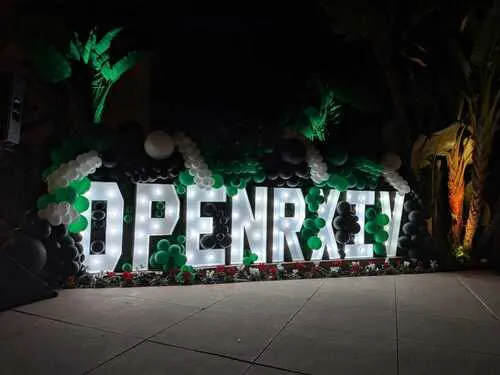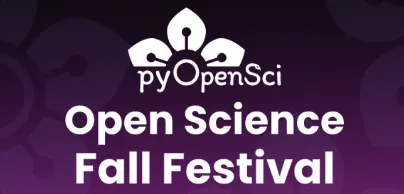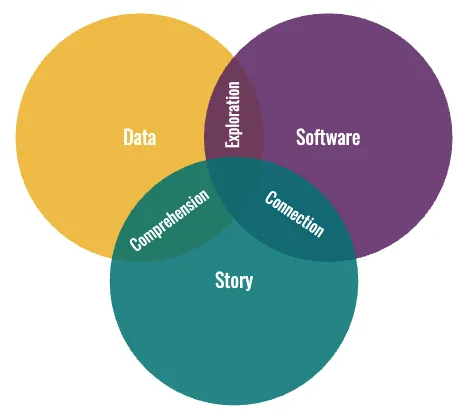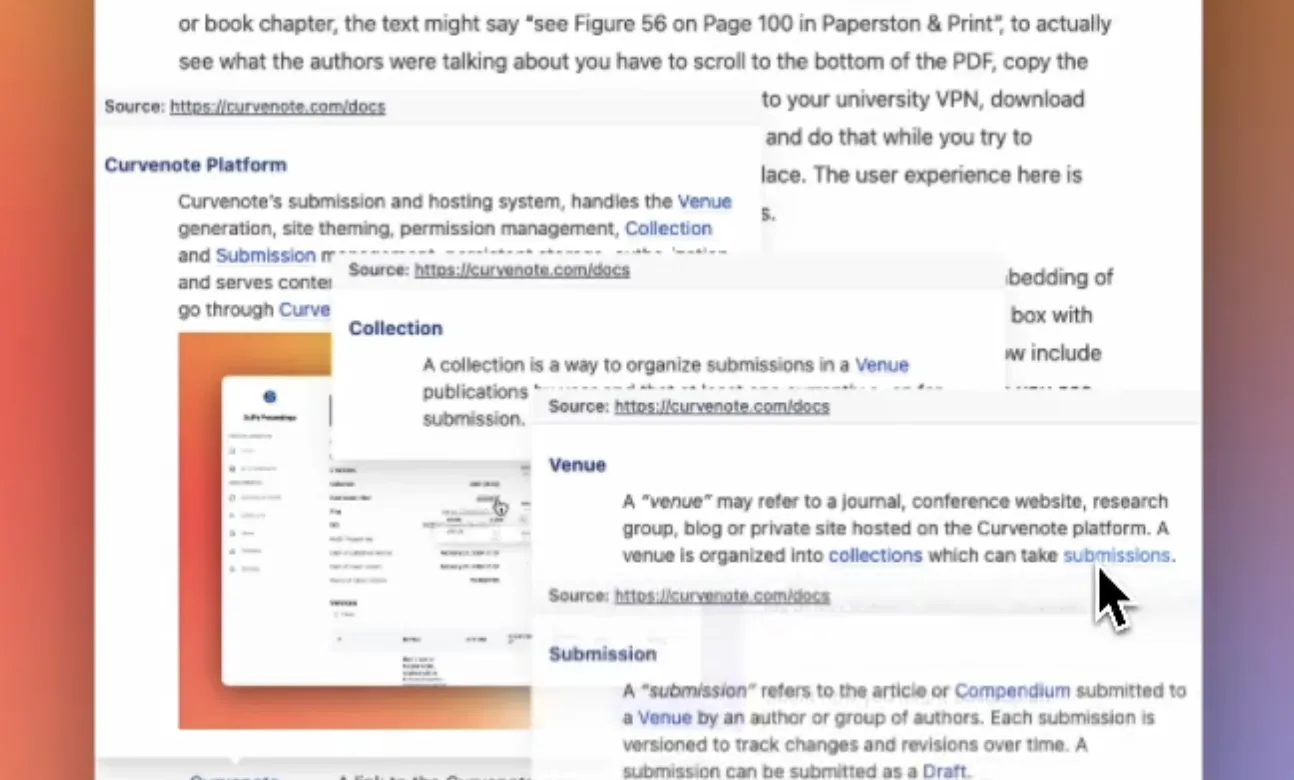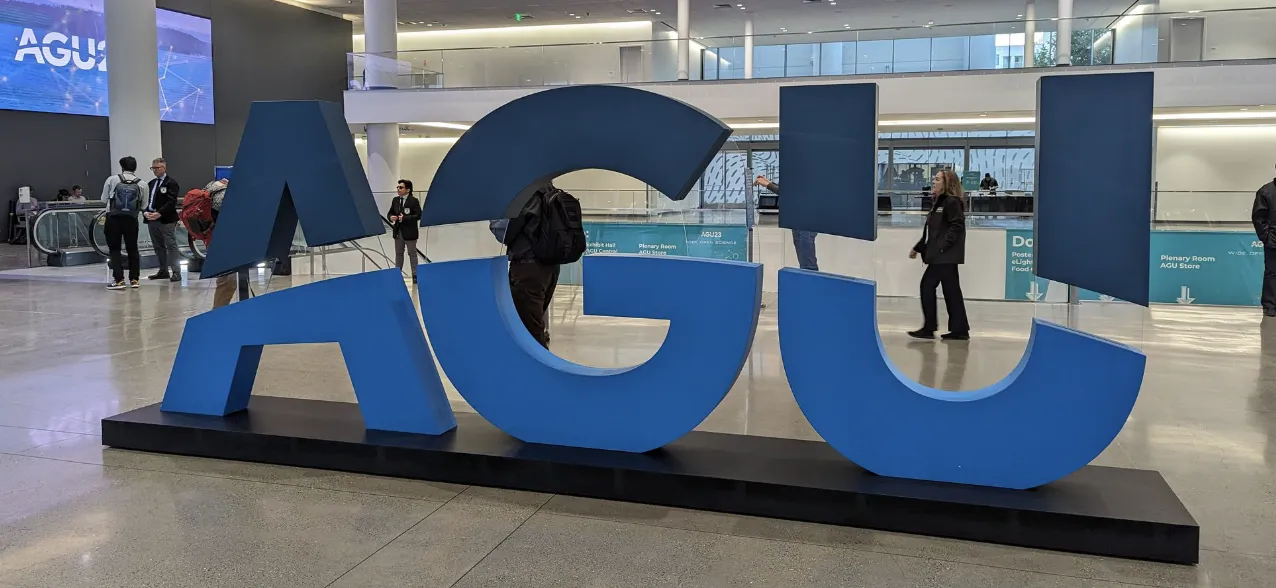Expanding Open Access: How Open Source Principles Can Transform Scientific Communication
In a recent panel discussion on open source software as infrastructure for diamond open access Lorena Barba, who is currently the Faculty Director of the GW Open Source Program Office, hosted a discussion between Rowan Cockett, Karthik Ram and Arfon Smith exploring how open source software practices can reshape the way we communicate scientific discoveries.
Watch the Panel Discussion 📺
The panel discussion ventured beyond access to published scientific PDFs, envisioning a future where open access is synonymous with open processes, transparent peer review, continuous scientific updates, and collaborative workflows. Drawing on models from open source software communities, the panelists emphasized that open access should include not only the finished research but also the workflows, data, and iterative improvements that lead to those conclusions.
Continuous Science: Iterating Towards Understanding¶
One compelling idea from the panel was the concept of continuous science, which borrows from software’s continuous integration and deployment practices see Cockett et al., 2024. Just as software engineers release incremental updates, researchers could share new data, code, and insights continuously, inviting feedback and improvement along the way. Karthik Ram, cofounder of the rOpenSci project and currently a program officer for Open Science at The Navigation Fund, contrasted how we work on software to how we work on science:
In software, we don’t wait years working quietly behind the scenes and then make one little release and talk about that release for the next 20 years. We work continuously, and then from time to time when things reach a stable state, we make a release to say, this is our best version of [an idea] at this point in time.
Karthik Ram
Instead of periodic, static publications, continuous science could enable researchers to decide when they want to announce a major finding or an incremental insight. This approach not only keeps science moving forward but provides more transparency in how research conclusions are reached, enabling others to build on the most current knowledge. Both Lorena Barba and Arfon Smith noted that a key requirement is automation: “Automation allows continuous improvement” with Karthik adding that “we barely have scraped the surface” of what is possible when it comes to applying automation to how science is communicated professionally.
The analogy between scientific publishing and software releases is imperfect and non-prescriptive (i.e. scientific research is very different than developing a software product). However, the analogy is illustrative in areas where there is a focus on iterations, smaller changesets and releasing in-progress work as soon as possible to get feedback from peers.
Peer Review: Uppercase and lowercase¶
The conversation highlighted the potential for redefining peer review in a continuous science model. Rowan Cockett differentiated between what he called uppercase and lowercase peer review. Uppercase Peer Review™, he explained, is the traditional, formal journal review process, while lowercase peer review resembles the shorter, more dynamic, iterative feedback that open source developers might receive through pull requests or even private collaborative interaction from colleagues. Arfon Smith, founder of the Journal of Open Source Software and currently Director of Product–AI at GitHub, reflected that the JOSS community looked to the best aspects of open-source software collaboration when designing their own peer review process, which has often been hailed as a collaborative, corrective and a refreshingly pleasant experience by JOSS authors and editors.
“Open source communities have developed roles, playbooks, even ‘dance moves’ to perform continuous improvement in software.
Lorena Barba
In software, review is completed continuously on smaller changesets, often through pull requests, which can be a model for ongoing scientific critique and collaboration.
The largest peer review platform on the planet, I think, is GitHub.
Arfon Smith
This peer review doesn’t need to happen in a journal (or all on GitHub!); rather, it could be a collaborative, community driven, public process that involves researchers and stakeholders at all levels, reducing the bottleneck of traditional peer review and fostering a more inclusive scientific dialogue.
Open Access to the Process, Not Just the PDF¶
The panelists called for a broader and deeper vision of open access — one that goes beyond the static published article. “It’s not just access to the science or the PDF,” said Lorena Barba, “but access to the process, to the review, to the small changes that lead us closer to the truth.” By embracing open source models, researchers can build on each other’s work with full transparency, from the original data to each analytical step and result, creating a cumulative, public record that others can both verify and extend.
Difficult problems that are globally relevant and urgent - like climate change, pandemics, and water security - require us to radically rethink how we publish and work on scientific breakthroughs. A big part of this how we as researchers work, collaborate and share — ensuring that this aligns to the iterative, experimental, self-corrective process of science itself. It is not the current scientific theory (or paper!) that we are proud of, but the scientific process to get to that next idea or breakthrough.
Automation and Reproducibility at Scale¶
Automation plays a critical role in the open source vision of continuous science. By automating repetitive tasks—such as generating PDFs, submission, checking formatting, metadata, references, editorial rules, or ensuring reproducibility of results—researchers can focus more on their actual findings. Today there is an estimated USD$230 million spent on reformatting articles by scientists before publication Clotworthy et al., 2023 — effort that could certainly be better allocated!
Karthik noted that automation also has the potential to “dramatically reduce the cognitive burden on peer review” by automatically validating datasets or checking code, which in turn allows reviewers to focus on interpreting and understanding the science itself.
Moving Toward a More Open Research Future¶
The panelists agreed that adopting open source tools and processes could drastically improve scientific communication, especially with the growing complexity and interconnectedness of research data. As Rowan Cockett noted, “We’re not just looking to improve journals. We need new tools that help scientists communicate complex, reproducible work at scale, in a way that everyone can use.”
Open access principles can transform research communication and help set new standards for collaboration, transparency, and reproducibility in science. The future of open access might not only be more open, but fundamentally different — built on the principles of open source to promote continuous improvement, incremental publication, and truly collaborative, global science.
Panelists
- Lorena Barba
- Dr. Lorena A. Barba is a professor of mechanical and aerospace engineering and international affairs, and the Faculty Director of the GW Open Source Program Office. Her interests include computational fluid dynamics, open science, and computational reproducibility. She has a history of educational innovation and contributions to open education, which has been recognized with several awards. Additionally, she is well known for her leadership in open-source software and science reproducibility. She has been a member of the board of directors of NumFOCUS, founding editor of The Journal of Open Source Software, editor-in-chief of IEEE Computational Science and Engineering, and editor-in-chief of The Journal of Open Source Education.
- Rowan Cockett
- Rowan, CEO and cofounder of Curvenote, a publishing platform for researchers, societies, and institutes, aims to free science from static PDF documents. With a Ph.D. in computational geophysics from UBC, Rowan helped start SimPEG, a simulation and parameter estimation package for geophysical processes. Rowan has won awards for innovative dissemination of research and open-educational resources, including Visible Geology, used by over a million geoscience students. Rowan serves on the steering council for JupyterBook and MyST Markdown, providing open-source tools for scientific content creation and sharing.
- Karthik Ram
- Karthik Ram, currently a program officer for Open Science at The Navigation Fund, previously worked as a research scientist at the University of California, Berkeley, for about 14 years. At Berkeley, he co-founded and directed the rOpenSci project, supporting open and reproducible research, and was the lead principal investigator for the URSSI (US Research Software Sustainability Institute). He also has a PhD in evolution and evolutionary biology from the University of California, Davis.
- Arfon Smith
- Arfon Smith, currently the Director of Product/AI at GitHub, focuses on the Copilot Enterprise product. His professional roles involve helping organizations utilize data effectively and his dedication to open-source software. He founded and led the Data Science Mission Office at the Space Telescope Science Institute and founded The Journal of Open Source Software (JOSS), a diamond open-access journal for research software packages. JOSS has surpassed 400 papers published annually and is nearing 2700 papers since its inception. Arfon also contributed to software citation principles and efforts to recognize and advance research software developers.
